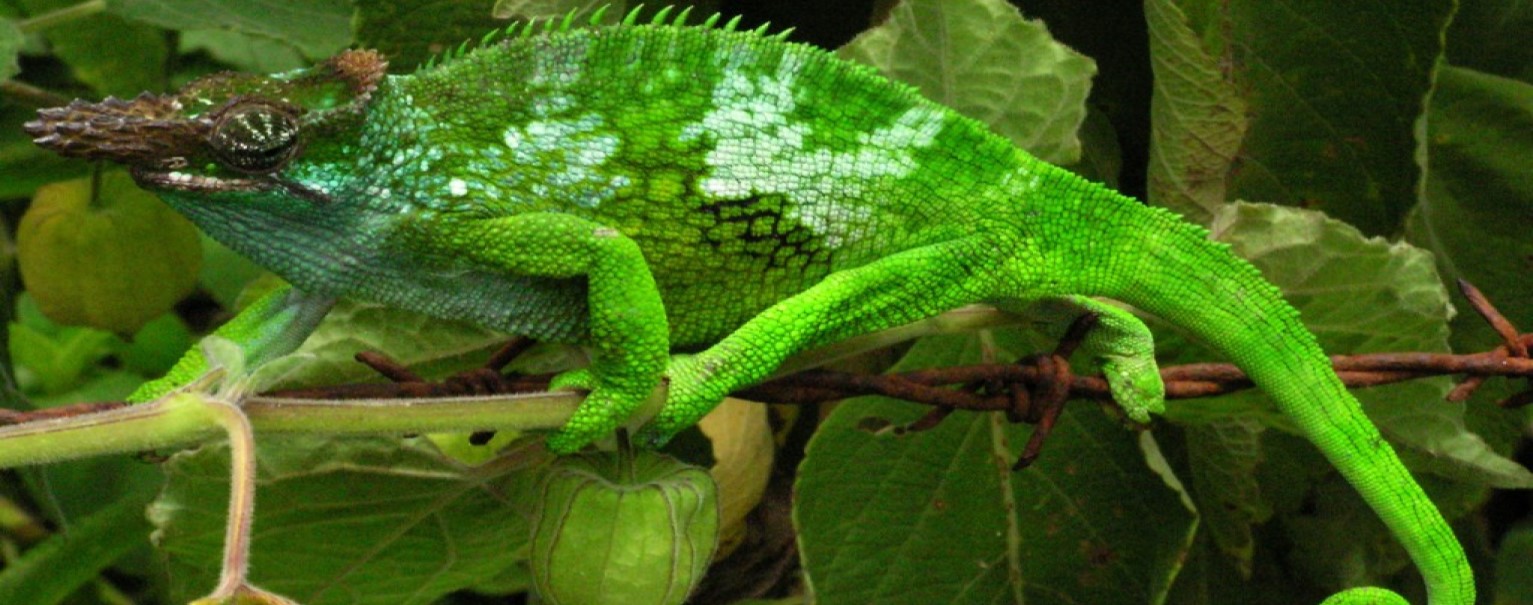
Following the Rio+20 Summit in June 2012, the global community is increasingly turning its attention and focus towards a “green growth” economic pathway. Added to this is also the concept of ‘blue economy’ that also applies to the forestry sector. To mainstream both of them in the forestry sector requires a holistic management approach in the way African forests are viewed and managed, so that their utilization and conservation can be done in ways that maintain and/or enhance the forest ecosystem services that are necessary to support the combined blue and green economic growth by generating co-benefits from the conservation of biodiversity, while simultaneously securing forest based livelihoods of local communities. Added to this is the need to take into account, in forest management, the Sustainable Development Goals (SDGs) and the new international arrangement on forests (IAF). In essence initiatives like green and blue economy, landscape approaches, IAF, and the SDGs will expand the scope for planning forestry activities both in terms of actors in the sector and their increasing demands.
